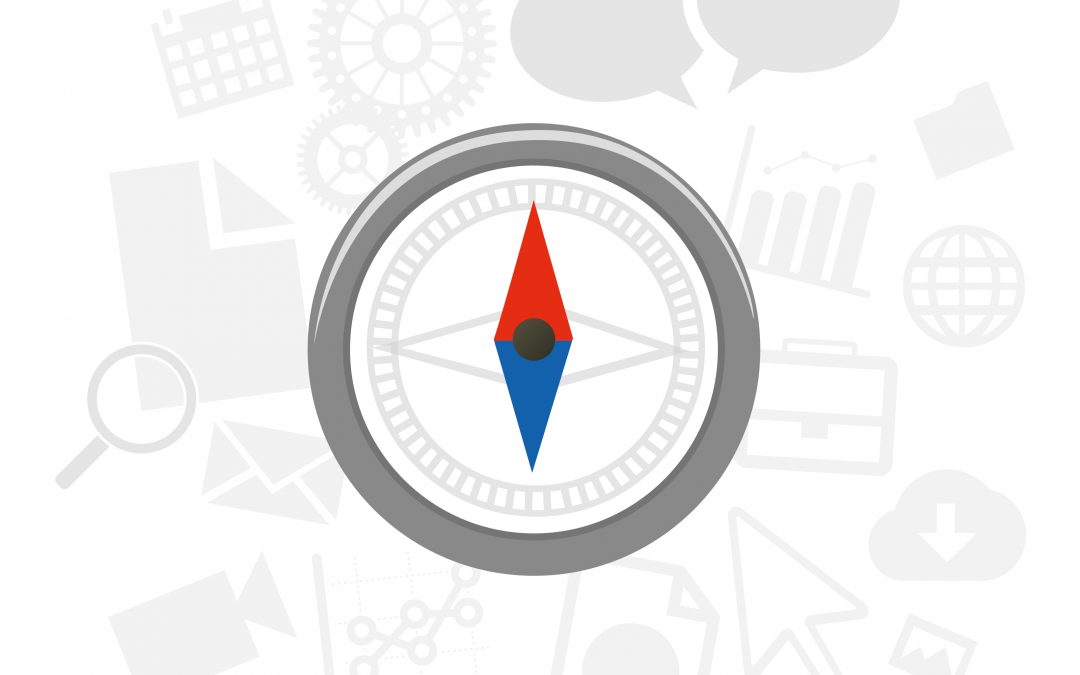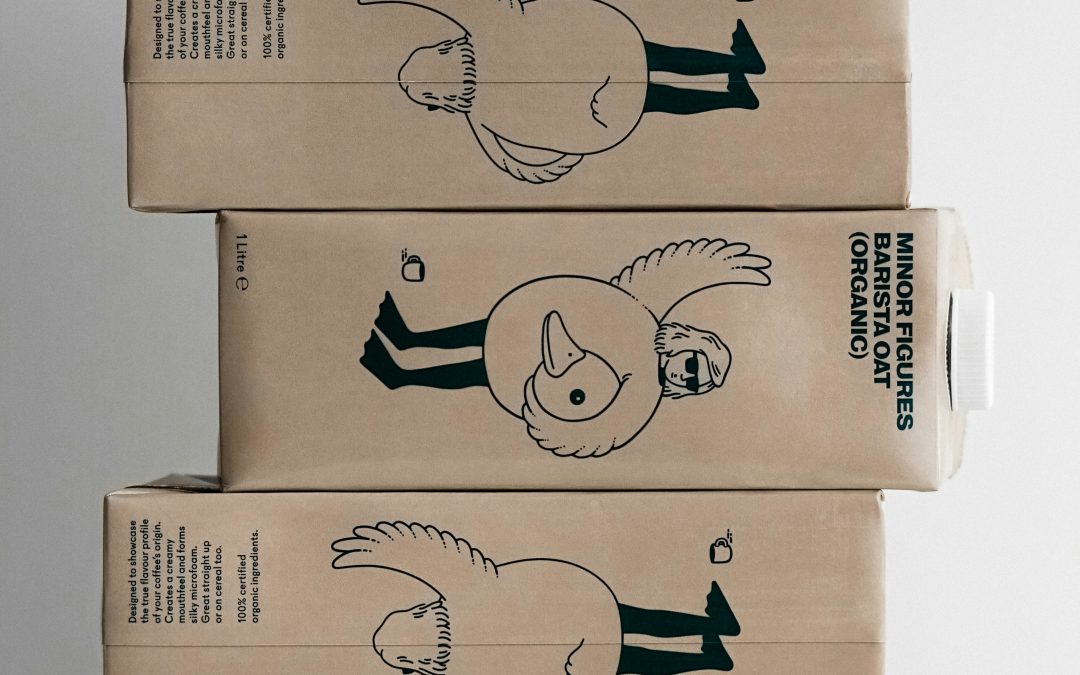
by Fronetics | Mar 30, 2015 | Blog, Content Marketing, Logistics, Marketing, Supply Chain

A survey conducted by Fronetics Strategic Advisors on the use of content within the logistics and supply chain industries found that content is being used by companies as an effective marketing tool.
86% of survey respondents reported that their company uses content as a marketing tool. 79% reported that content is an effective marketing tool for their company.
Central to effectiveness is strategy. 70% of survey respondents reported that their company has a strategy in place.
For the majority of companies (58%) the strategy and execution are handled in-house. However, not all companies handle everything internally. 32% of respondents reported that their company outsources some of their content creation, while 5% reported that their company outsources all content creation.
Blog content, case studies, and white papers are the most common types of content created. 78% of respondents reported that their company creates blog content. Other types of content created include:
- Case studies: 61%
- White papers: 61%
- Infographics: 48%
- Reports: 30%
- Slideshows: 26%
To learn more about content and content use within the logistics and supply chain industries, please download the report.


by Fronetics | Mar 30, 2015 | Blog, Content Marketing, Logistics, Marketing, Supply Chain

A survey conducted by Fronetics Strategic Advisors on the use of content within the logistics and supply chain industries found that content is being used by companies as an effective marketing tool.
86% of survey respondents reported that their company uses content as a marketing tool. 79% reported that content is an effective marketing tool for their company.
Central to effectiveness is strategy. 70% of survey respondents reported that their company has a strategy in place.
For the majority of companies (58%) the strategy and execution are handled in-house. However, not all companies handle everything internally. 32% of respondents reported that their company outsources some of their content creation, while 5% reported that their company outsources all content creation.
Blog content, case studies, and white papers are the most common types of content created. 78% of respondents reported that their company creates blog content. Other types of content created include:
- Case studies: 61%
- White papers: 61%
- Infographics: 48%
- Reports: 30%
- Slideshows: 26%
To learn more about content and content use within the logistics and supply chain industries, please download the report.


by Jennifer Hart Yim | Jan 8, 2025 | Marketing, Packaging
We’re showing you exactly how packaging companies we’re working with are using account-based marketing (ABM) to increase market share, shorten sales cycles, and win more strategic accounts. Consider this a packaging professional’s blueprint for target account success.
What is Account-Based Marketing for the Packaging Industry?
Account-based marketing is a strategic approach that focuses marketing and sales resources on specific high-value accounts rather than broad market segments. This means targeting key accounts with personalized campaigns that address their unique packaging challenges, sustainability goals, and innovation needs.
Here’s an example of what that could look like for a packaging marketer:
If consumers in Brazil begin demanding smaller milk carton sizes to reduce food waste, packaging companies might use traditional marketing to broadly promote “flexible filling solutions” to all dairy manufacturers. Instead, an aseptic packaging provider could use account-based marketing to stand out and create a highly targeted campaign for Nestlé. This campaign could specifically address Nestlé’s need to fill multiple carton sizes (500ml, 750ml, and 1000ml) for their Molico and Ninho UHT milk brands on a single production line.
Unlike traditional marketing, ABM delivers:
- 2x higher engagement rates with technical decision-makers
- 42% reduction in packaging qualification cycles
- 27% increase in contract values
- 35% improvement in customer retention
How to Build a Winning ABM Strategy
1. Define Your Ideal Customer Profile (ICP)
Success in ABM starts with identifying the perfect packaging customer. Here are some ways you can start to categorize their characteristics:
Industry Focus:
- Food and beverage manufacturers
- Pharmaceutical companies
- Consumer packaged goods (CPG)
- Industrial products
- Chemical companies
- E-commerce retailers
- Automotive suppliers
Operational Characteristics:
- Production volumes and capacity
- Geographic footprint
- Technical requirements
- Regulatory frameworks
- Sustainability commitments
Business Indicators:
- Annual packaging spend
- Growth trajectory
- Innovation appetite
- Quality standards
- Compliance needs
2. Select and Prioritize Target Accounts
Develop a tiered approach to account selection:
Tier 1: Strategic Accounts
- Major CPG companies
- Global pharmaceutical manufacturers
- Leading food and beverage brands
Tier 2: Growth Accounts
- Regional packaging buyers
- Emerging brands
- Contract manufacturers
Tier 3: Scale Accounts
- Local manufacturers
- Specialty product makers
- Start-up brands
3. Map the Packaging Decision-Making Unit
Here’s where you’ll determine who you’ll be targeting. Identify and engage with those key stakeholders. They could be part of any of the following functions:
Technical Team
- Packaging Engineers
- R&D Directors
- Quality Assurance Managers
Commercial Team
- Procurement Directors
- Supply Chain Managers
- Sustainability Officers
Executive Level
- Operations Directors
- Innovation Leaders
- C-Suite Decision Makers
Content for Account-Based Marketing for the Packaging Industry
Technical Content
Develop materials that showcase your packaging expertise:
- Barrier performance studies comparing EVOH vs. metallized films for snack packaging
- Technical specifications for child-resistant pharmaceutical blister packs
- FDA compliance guides for direct-food-contact packaging materials
- Innovation roadmaps for smart packaging with NFC technology
- Sustainability impact reports on PCR content in HDPE bottles
Commercial Content
Create content that drives packaging business decisions:
- Cost calculators comparing glass vs. PET bottles for beverage lines
- Production efficiency studies for servo-driven cartoning machines
- Risk analyses of aluminum foil supply chain disruptions
- Market trends in mono-material flexible packaging adoption
- Benchmarks of European vs. US sustainable packaging regulations
Implementing Your Packaging ABM Program
Essential Tools and Technologies
Invest in the right technology stack:
- ABM platforms for account targeting
- CRM systems for relationship management
- Marketing automation for personalization
- Analytics tools for performance tracking
- Technical collaboration platforms
Multi-Channel Engagement Strategy
Coordinate your outreach across channels:
- Technical consultations
- Innovation workshops
- Sustainability forums
- Digital demonstrations
- Industry events
- Direct mail campaigns
Measuring the Success of Account-Based Marketing for the Packaging Industry
Key Performance Indicators
Track these critical metrics:
- Account engagement scores
- Technical trial conversion rates
- Sales cycle duration
- Contract win rates
- Customer lifetime value
- Innovation adoption rates
ROI Calculation Framework
Measure your ABM investment returns:
- Cost per account engagement
- Revenue per target account
- Marketing qualified account (MQA) conversion
- Technical qualification success rates
- Long-term contract values
Common ABM Challenges (+ Solutions) Packaging Professionals Face
Challenge 1: Long Technical Qualification Cycles
Example solutions:
- Provide rapid prototyping of thermoformed packages using 3D-printed molds
- Offer accelerated shelf-life testing for new barrier materials
- Supply preliminary migration testing data for food-contact materials
- Create digital twins of packaging lines for virtual testing
Challenge 2: Multiple Stakeholder Alignment
Example solutions:
- Develop sustainability scorecards that satisfy both procurement and ESG teams
- Create ROI models that connect packaging automation with labor savings
- Build material transition roadmaps that align with corporate sustainability goals
- Provide comparative LCA (Life Cycle Assessment) data for different packaging options
Challenge 3: Complex Approval Processes
Example solutions:
- Map decision workflows
- Create milestone-based content
- Offer phased implementation plans
Top Tips for ABM Success
- Start with a pilot program focusing on 5-10 key accounts
- Invest in technical expertise and support
- Align sales and technical teams early
- Focus on sustainability and innovation
- Measure and adjust continuously
How to Get Started
- Assess your current account relationships
- Identify your top 10 target accounts
- Map stakeholders and decision processes
- Develop your technical content strategy
- Implement tracking and measurement systems
Questions We’ve Gotten from Packaging Professionals About ABM
Q: Can you give me an example of how ABM is different from traditional packaging marketing?
A: While traditional marketing might broadly promote your shrink sleeve capabilities to all beverage companies, ABM would create a targeted campaign specifically for Coca-Cola’s Southeast Asia expansion, addressing their specific need, sustainability, and localization requirements. This focused approach delivers personalized engagement at every level of their decision-making process.
Q: What budget should packaging companies allocate to ABM?
A: The most successful ABM programs are funded at about 15-25% of the total marketing budget. For example, a flexible packaging manufacturer might allocate $200,000 annually to target 10 key CPG accounts, with roughly $20,000 per account for technical content development, prototype creation, and specialized testing programs.
Q: How long does it take to see results?
A: You’ll start to see the needle move within 3-6 months. For example, you might notice increased participation in packaging innovation workshops or material qualification trials. Significant revenue impact typically occurs within 9-12 months, as seen in new packaging format adoptions or multi-year supply agreements.
Q: Which metrics matter most?
A: Focus on account engagement scores, technical qualification rates, sales cycle duration, and contract values.
Q: How can smaller packaging companies implement ABM?
A: Start with a focused program targeting 3-5 key accounts and leverage digital automation tools for efficiency and AI tools to scale.
Want to change how your packaging company targets high-value prospects and land major accounts? We’re happy to help you get started. Get in touch.
Read more:

by Jennifer Hart Yim | Jan 6, 2025 | Data/Analytics, Marketing, Strategy
The C-suite demands more than vanity campaign metrics—they require clear evidence of marketing’s contribution to revenue growth, profitability, and market share expansion. The most successful supply chain marketers have mastered a crucial skill: translating marketing activities into the language of financial outcomes.
Bridging the Gap Between Marketing and Finance
How can you be sure, really sure, that you are demonstrating concrete business value to the C-suite? While traditional marketing metrics like engagement rates and lead generation are always top of mind for marketing folks, securing executive support is really about speaking the language of financial outcomes and business growth.
Why Supply Chain Marketing Metrics Need a Financial Bent
The disconnect between marketing activities and financial outcomes often creates skepticism among executive leadership. Marketers must change their reporting from activity-based metrics to revenue-focused outcomes. This shift isn’t just about changing terminology—it’s about fundamentally reframing how marketing creates measurable business value.
How to (Effectively) Demonstrate Supply Chain Marketing ROI
1. Prioritize ROI Over Activity Metrics
Transform your reporting approach from campaign-centric to outcome-focused. Instead of: “Our packaging technology campaign reached 100,000 decision-makers.” Say: “Our targeted campaign generated $3.2M in qualified pipeline opportunities, with a 4:1 return on marketing investment.”
2. Connect Supply Chain Marketing Metrics to Revenue
Develop clear links between marketing activities and financial outcomes:
- Calculate customer acquisition cost (CAC) reduction from targeted marketing campaigns
- Measure increases in average contract value from enhanced positioning
- Track acceleration in sales cycle length from marketing-qualified leads
3. Demonstrate Long-term Value Creation
Articulate how marketing investments drive sustainable competitive advantages:
- Document improvements in customer lifetime value
- Track market share gains in strategic segments
- Measure pricing power improvements from brand building
Get Started: Steps for Calculating Supply Chain Marketing ROI
1. Establish Financial Baseline Metrics
Along with your existing supply chain marketing metrics, begin by tracking key financial data:
- Current customer acquisition costs
- Average contract values by segment
- Sales cycle duration
- Customer retention rates
2. Implement Revenue Attribution Models
Create systems to track marketing’s direct impact on:
- Pipeline generation
- Win rates
- Revenue acceleration
- Market share growth
3. Develop A Financial Reporting Framework
Structure regular reporting around business outcomes:
- Quarter-over-quarter revenue impact
- Year-over-year market share gains
- Customer lifetime value improvements
- Return on marketing investment (ROMI)
Making Your Case to Leadership
Frame the Narrative
Present marketing initiatives in terms of business impact: You could say: “Our new campaign focused on electronics procurement professionals has:
- Reduced customer acquisition costs in that sector by 18%
- Increased deal size by 25%
- Accelerated sales cycles by 30 days
- Improved customer retention by 15%”
Connect Supply Chain Marketing Metrics to Strategic Goals
Align marketing metrics with company objectives: “Our thought leadership content program has positioned us as the leader in sustainable supply chain solutions, directly supporting our goal of capturing 30% market share in the green supply chain segment by 2027.”
Show Value by Becoming a Strategic Business Partner
Supply chain marketing leaders should think like a CFO to secure executive buy-in. By adopting this mindset, marketers can transform their role from cost center to strategic growth driver. This approach not only secures executive buy-in but also elevates marketing’s position as a crucial driver of business success.
Related posts:
by Jennifer Hart Yim | Dec 5, 2024
work with a logistics marketing agency Skip the learning curve. Work with an agency who will hit the ground running from day one. We get logistics—really get it. When you say LTL, WMS, or SKU, we don’t need to Google it. Unlike general agencies, we bring...





